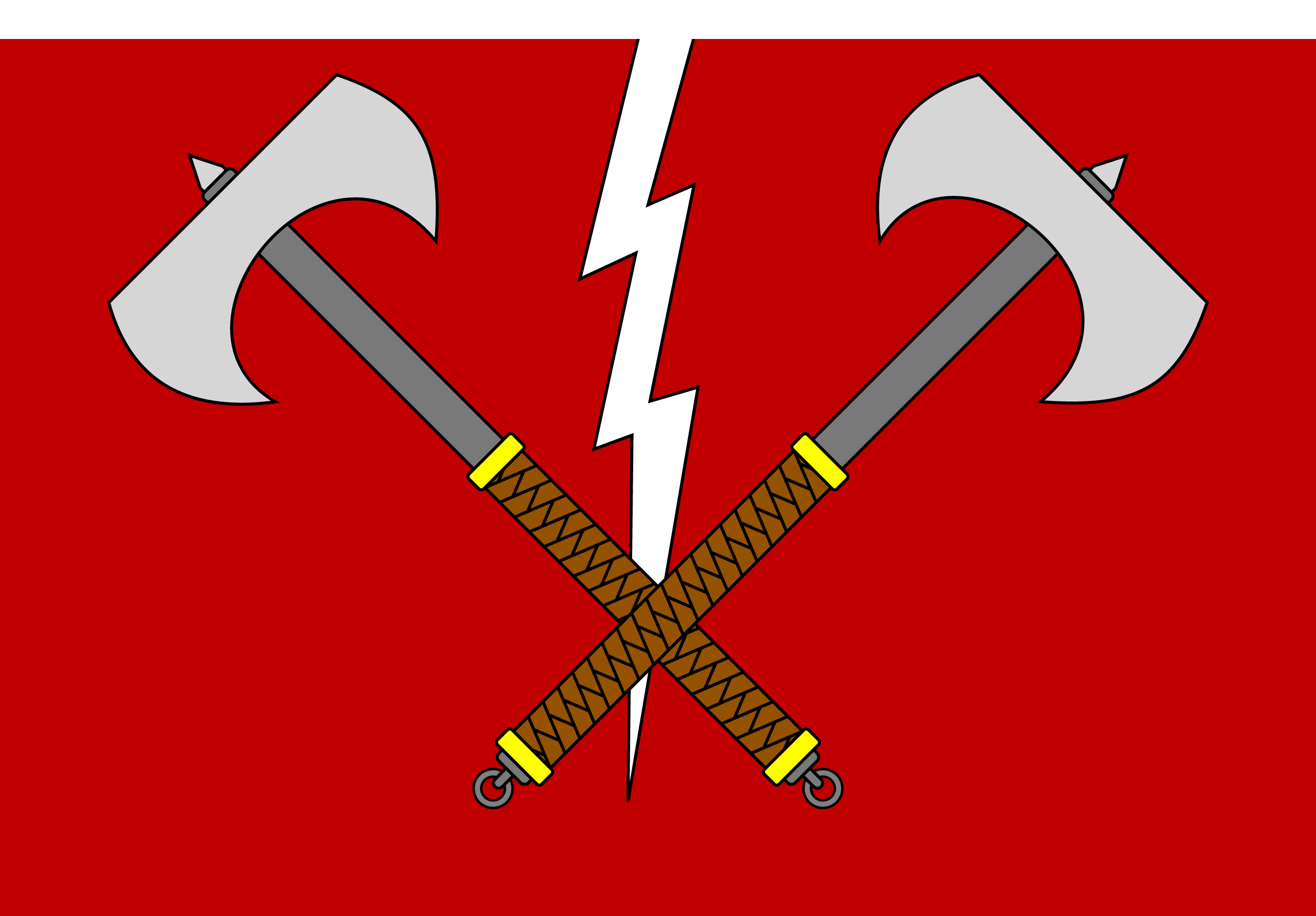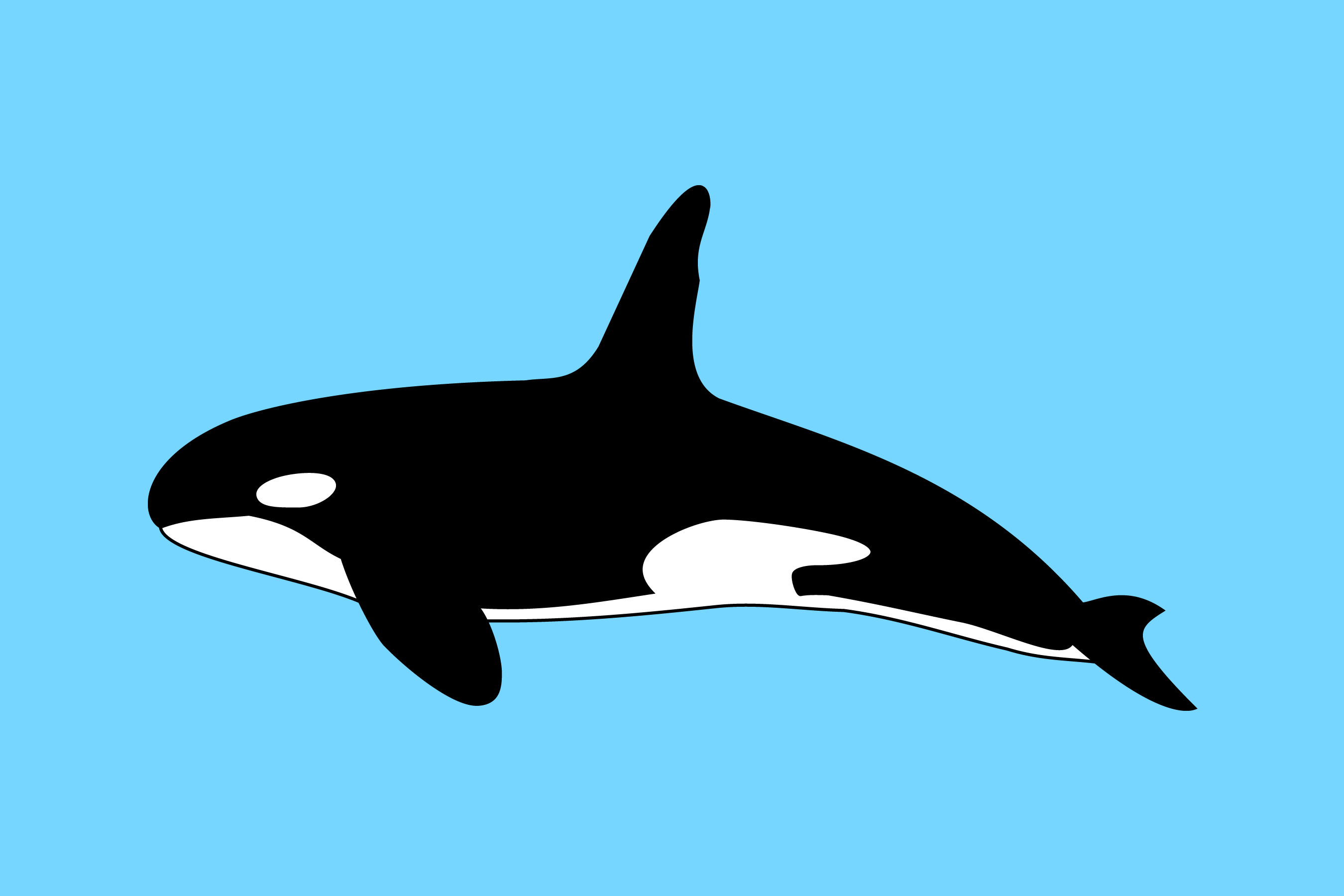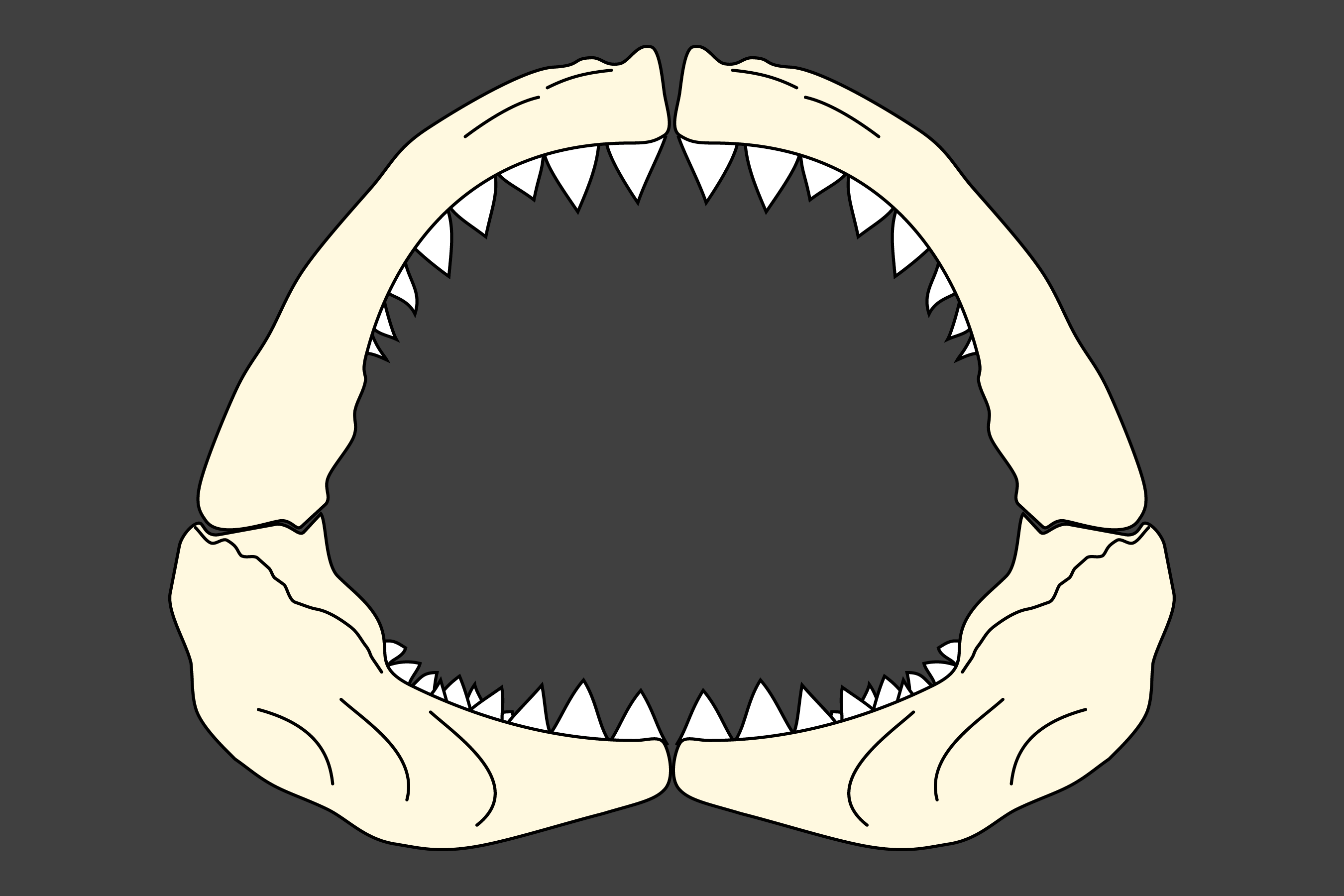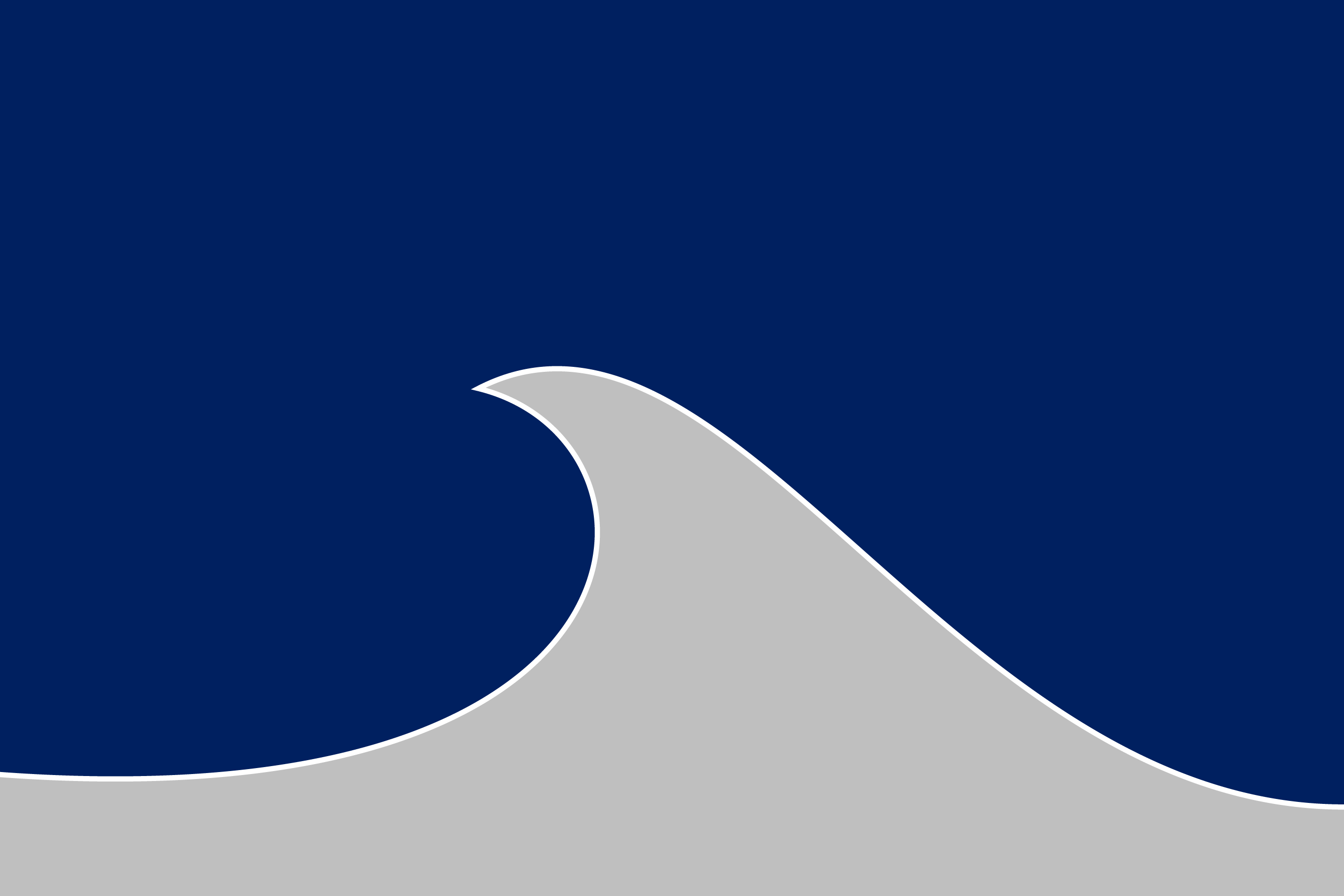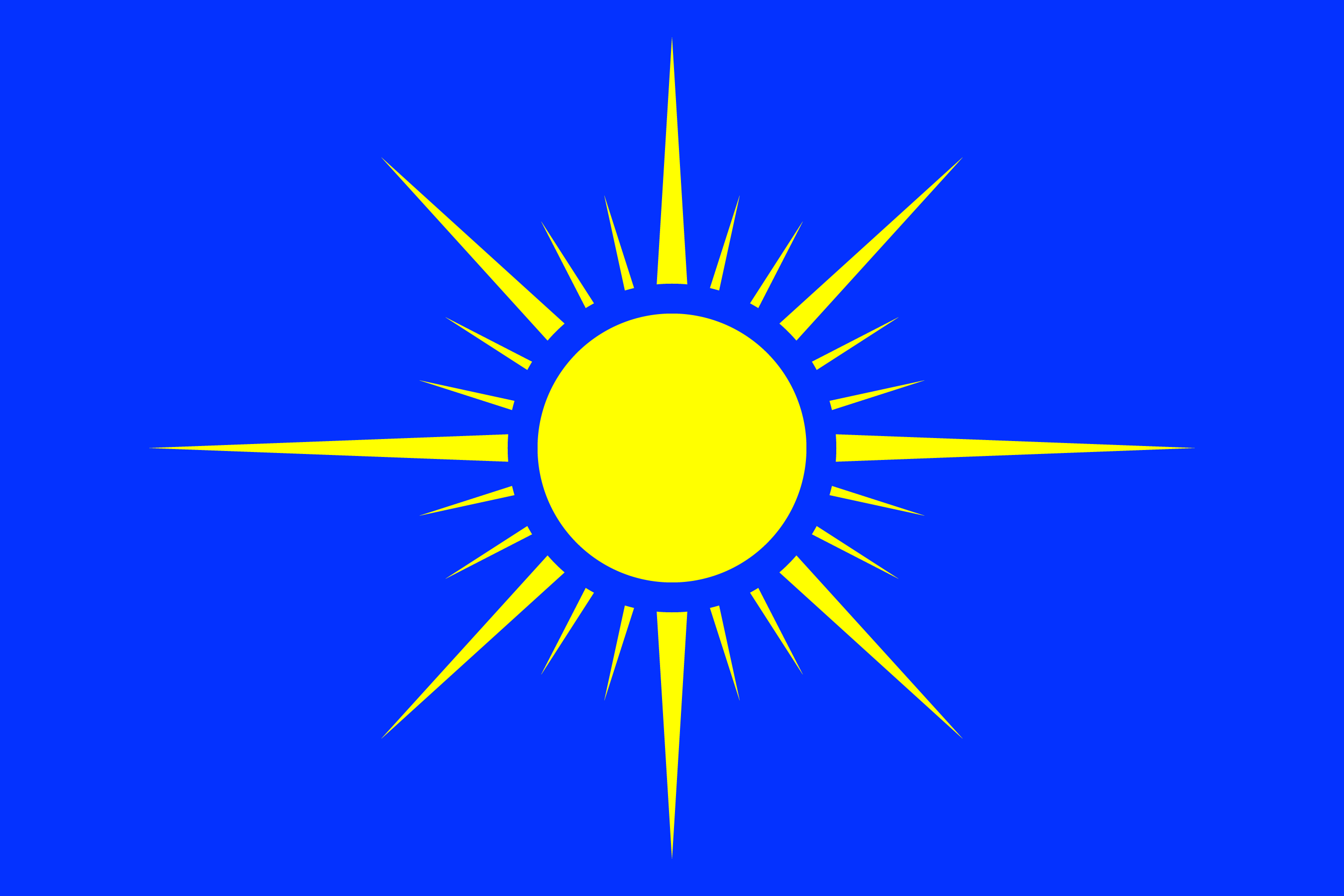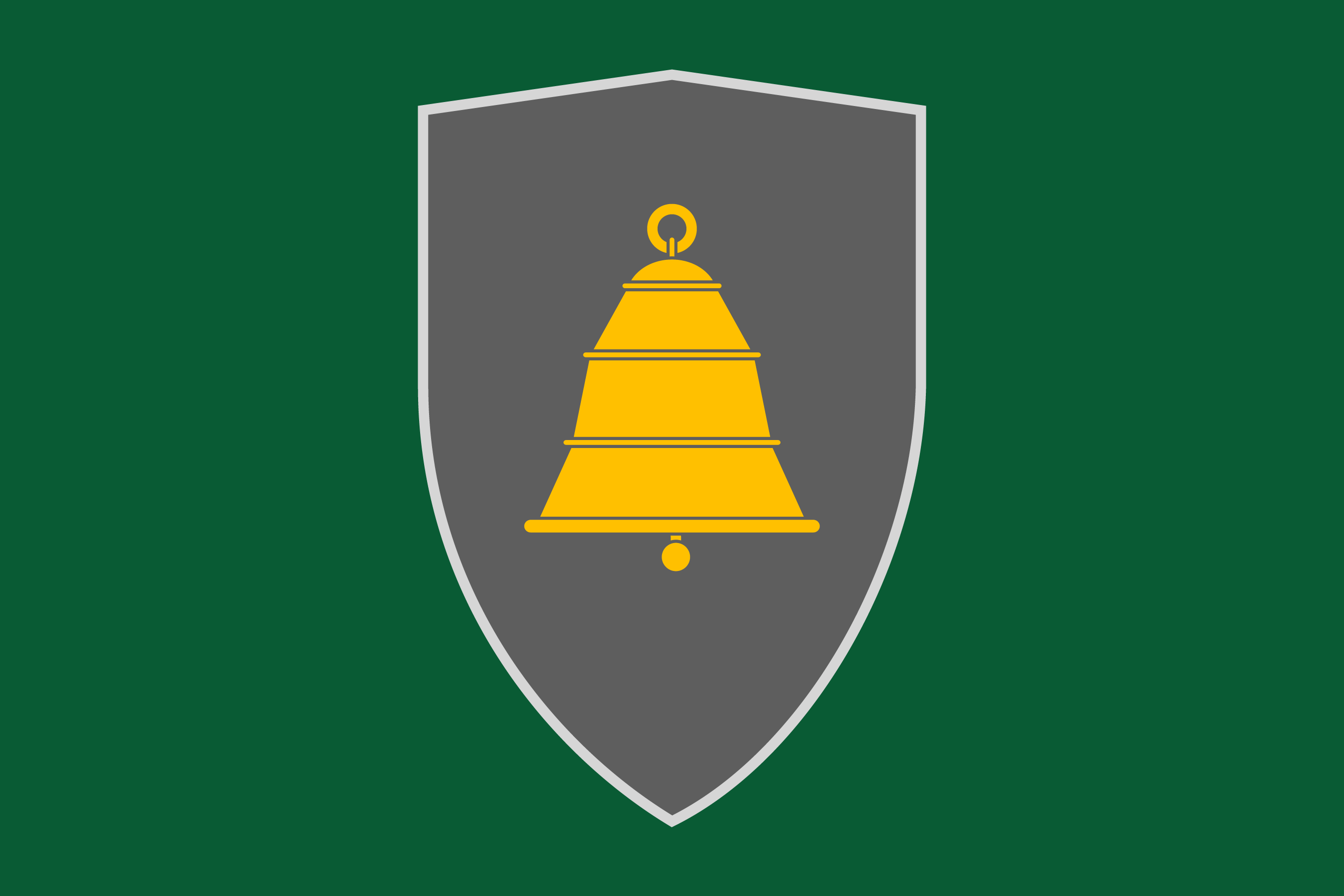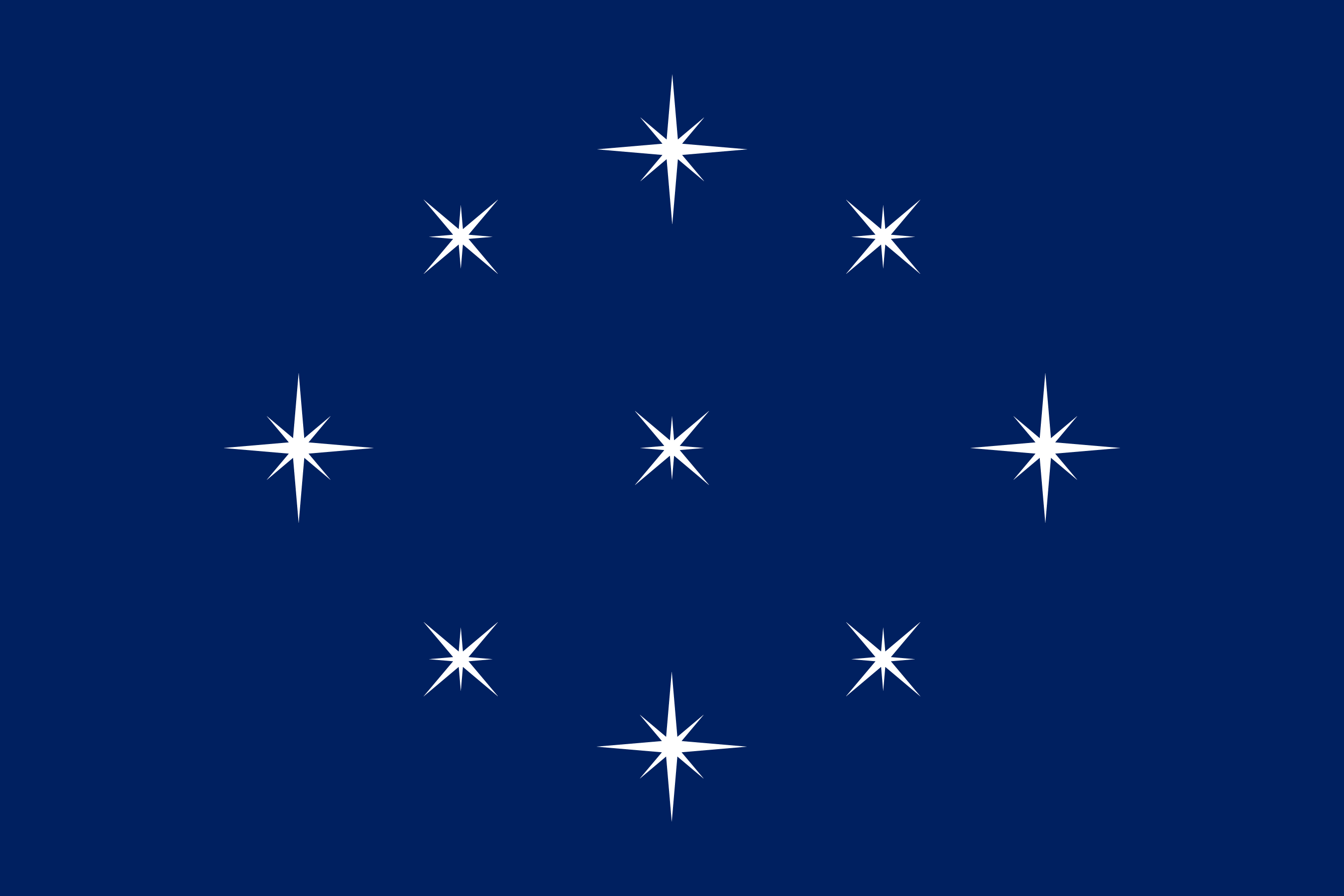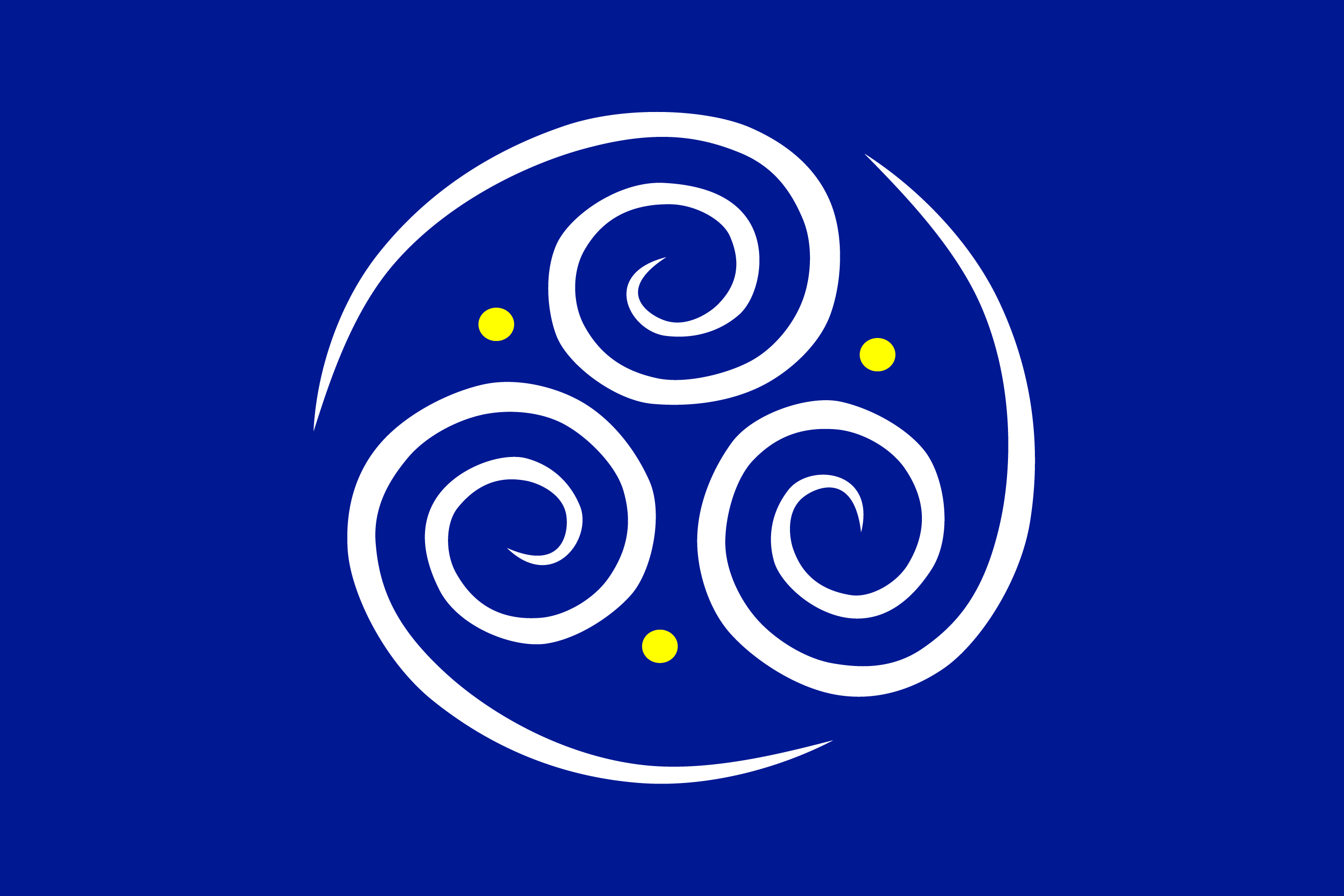Lhazaar Principalities
Structure
Unlike the nations of mainland Khorvaire, no High Prince has ever fully united the Lhazaar Principalities. While the princes, like the kingdoms before and after Galifar, have always fought over borders, the territorial disputes of the Principalities rarely spilled over to outright conquest. The open ocean is near impossible police, and the sheer number of smuggler’s coves means controlling the ports is insignificant. Combined with the free-spirited culture that came with Lhazaar, the Lhazaar Principalities are defined by geography rather than formal governance from above.
Each principality is defined by a combination of its land holdings, the sea around those islands, and the fleet it uses to defend those claims. Large principalities control multiple islands and claim waters far from their shores, while small principalities sometimes struggle to even defend their shallows from incursions.
While each Principality has its own method of determining leadership, they all share a core conviction that rule must be earned rather than born into. Princes are then free to govern as they desire, but more lawful Principalities such as the Seadragons of Regalport maintain more consistent rules than chaotic pirates like the Cloudreavers.
Below the princes are captains, who each command their own ship, like how a noble administers a territory on behalf of a king. The dynamic between a prince and his captains varies from principality to principality and is complicated by the relatively high level of turnover amongst princes – only politically savvy captains retain their positions when a new prince takes power.
The economic relationship between a prince and their Principality involves similar dynamics to any feudal lord – taxes are primarily collected at major points of trade, such as a dockside market. If a prince taxes too heavily, they risk mutiny and losing business to other Principalities. If they tax too lightly, they are unable to keep up their social status and/or pay their navy well enough.
Slavery, though rare in the Principalities, is not unheard of. Some savage towns and ships maintain outright caste systems enforced by a small cadre of leadership. Most pirate ships prefer to impress captured crew rather than imprison or kill them, transforming a liability into an advantage. The impressed crew typically serve until they escape, although plenty of sea shanties feature bold heroes who rose from victim to captaining the very same ship.
Foreign Relations
Trade & Transport
While the reversion to piracy has attracted plenty of attention, the economic reality of the Lhazaar Principalities is that the majority of ships which traverse the isles are merchant ships. As humanity expanded westward into Khorvaire, it maintained relations with the Lhazaar Principalities, primarily buying fish and salt. The passing of time and fading importance of the region’s resources drove some Principalities to piracy until Galifar united the kingdom and made pacts with the princes.
Galifar’s unity brought an unprecedented age of magical advancement, with wizards searching far and wide for new reagents to brew into potions and craft into items. The unique and diverse animals and plants of the Lhazaar Principalities have proved invaluable in these pursuits.
The start of the war and the severing of Orien rail lines renewed the importance of Lhazaar’s fleets, who were able to enrich themselves by providing a path around the dangerous battlefields that dominated the borders of the Five Nations. Even with the resumption of widespread piracy, Lhazaar merchants provided indispensable logistical support to governments and private citizens.
The destruction of Cyre dealt a massive blow to Khorvaire’s land trade, severing the final lightning rail lines connecting the east and west. This loss has created a unique opportunity for the merchants of Lhazaar, providing an alternate trade route around the eastern edge of the continent. The Lhazaar merchants also conduct significant trade with Sarlona, both in legitimate trade through Dar Ulatesh and Dar Jin, and in smuggler’s runs to Syrkarn and Adar.
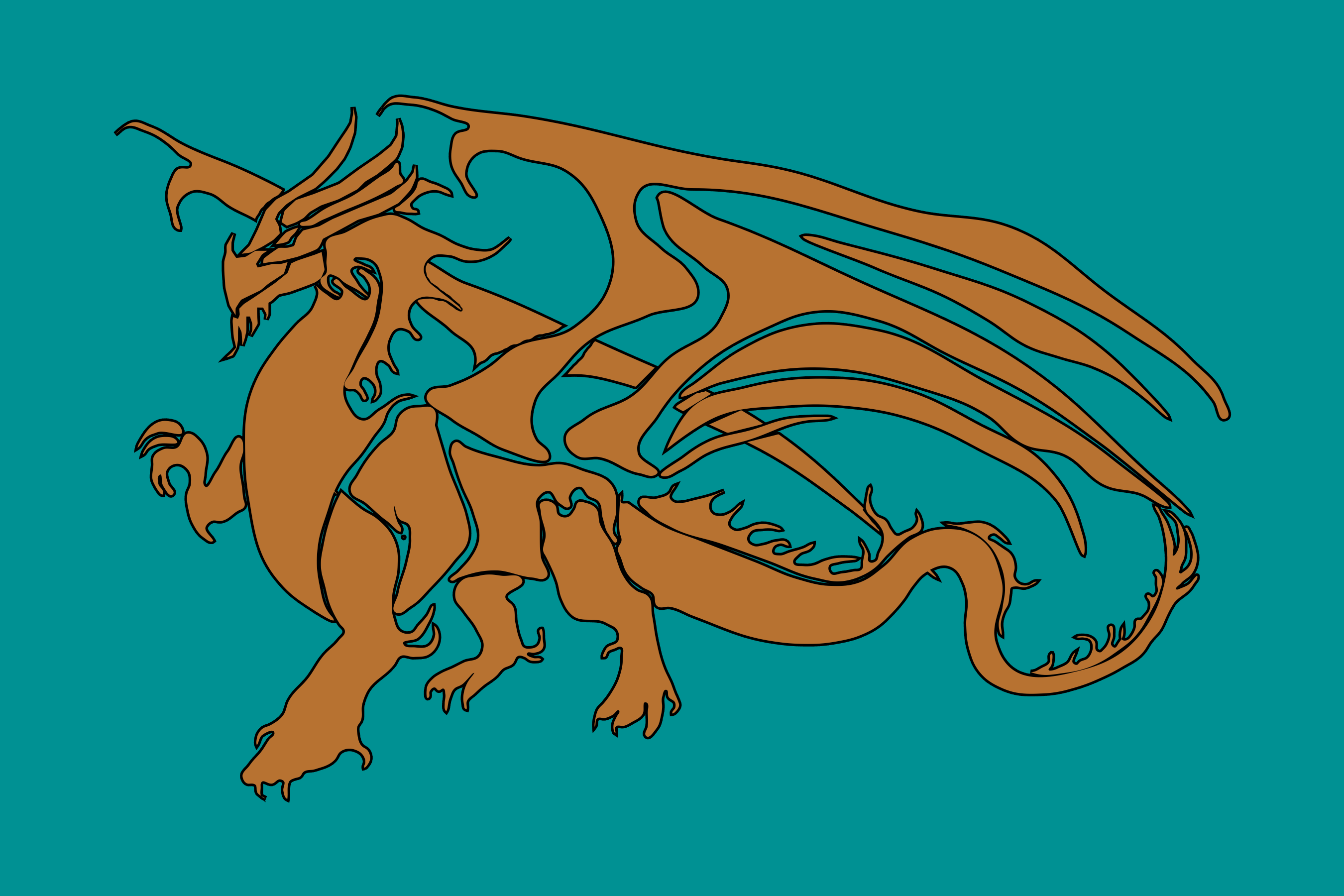
Type
Political, Confederation
Demonym
Lhazaarite
Head of State
Government System
Monarchy, Elective
Power Structure
Thalassocracy
Economic System
Market economy
Judicial Body
Law and order in the Principalities is limited by the capability and willingness of each individual prince to impose control. The Seadragons and Heavenly Fleet both seek to reform the wild ways of the Principalities, while the Cloudreavers actively pursue a return to the chaos before Galifar.
Out on the open ocean, where a prince’s soldiers are less present, flags are important public declarations of intent. A typical merchant ship flies two flags – one for its home port, such as the flag of Breland or Aerenal, and a second for the prince the ship is conducting business with, such as the High Prince Ryger’s Seadragons. Pirates claiming the protection of a prince may fly that prince’s flag in addition to the Jolly Roger, but only a few princes like Mika Rockface tolerate open piracy.
These flags serve two purposes – first, a declaration of who will enact retribution if assaulted. Second, these flags determine taxes, tariffs, and quotas. On occasion a captain might hoist a “flag of convenience”, falsely declaring they are under the protection or have paid tariffs. This practice is risky, as an “allied” warship may accost the ship to check the paperwork and confirm the proper prices are being paid.
Location
Neighboring Nations


